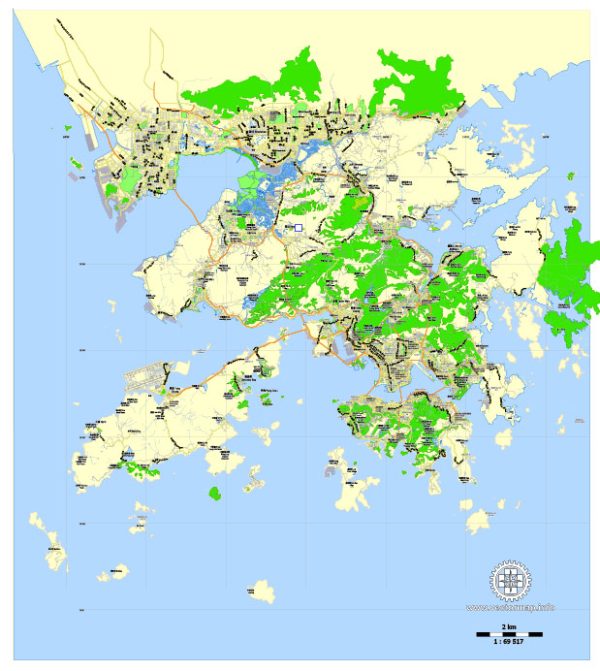Hong Kong and Shenzhen are neighboring cities located in the southern part of China, each with its unique socio-economic characteristics and roles in the broader Chinese economy. Here’s a brief socio-economic description of both cities:
Hong Kong:
- Economy:
- Hong Kong has a highly developed and free-market economy. It is a major international financial center and one of the world’s busiest ports.
- The economy is characterized by low taxation, minimal government intervention, and a strong focus on services, including finance, logistics, trade, and tourism.
- Finance:
- Hong Kong is home to numerous global banks and financial institutions. It has its currency, the Hong Kong Dollar (HKD).
- The Hong Kong Stock Exchange (HKEX) is one of the largest and most influential stock exchanges globally.
- Trade:
- The city’s strategic location makes it a hub for global trade, with a focus on re-exporting goods to and from mainland China.
- Tourism:
- Hong Kong is a popular tourist destination, attracting millions of visitors each year who come for its cultural attractions, shopping, dining, and vibrant city life.
- Society:
- Hong Kong is known for its cosmopolitan and diverse population, with a mix of Chinese and Western influences.
- Education and Healthcare:
- Hong Kong has a well-developed education system with several prestigious universities and healthcare institutions.
- Housing:
- The real estate market in Hong Kong is known for its high property prices and limited space, making housing a significant socio-economic issue.
Shenzhen:
- Economy:
- Shenzhen has undergone rapid economic development in recent decades, evolving from a small fishing village to a major global manufacturing and technology hub.
- It is known as China’s “Silicon Valley” and is home to numerous tech giants and startups.
- Technology and Innovation:
- Shenzhen is a leader in electronics manufacturing, and it’s often referred to as the “world’s factory.” Many of the world’s consumer electronics are produced in the city.
- It has a thriving tech ecosystem, with a focus on research and development, particularly in areas like electronics, telecommunications, and biotechnology.
- Trade:
- Shenzhen’s proximity to Hong Kong plays a significant role in its economy. It is a key point for exporting goods manufactured in the Pearl River Delta region to the rest of the world.
- Urban Development:
- Shenzhen’s rapid growth has led to extensive urban development, modern infrastructure, and a focus on sustainable urban planning.
- Society:
- Shenzhen has a diverse population, including a significant number of migrant workers who come from various parts of China to seek employment opportunities in the city.
- Education and Healthcare:
- The city has made significant investments in education and healthcare, with several universities and hospitals.
- Housing:
- Housing in Shenzhen, while still relatively expensive, is often more affordable than in Hong Kong, which has led to some cross-border commuting and economic ties.
These socio-economic descriptions provide a snapshot of the key features of Hong Kong and Shenzhen. Both cities have unique strengths and challenges, and they continue to play crucial roles in China’s economic and technological development. Their proximity and economic interdependence contribute to their importance in the region.



 Author: Kirill Shrayber, Ph.D.
Author: Kirill Shrayber, Ph.D.